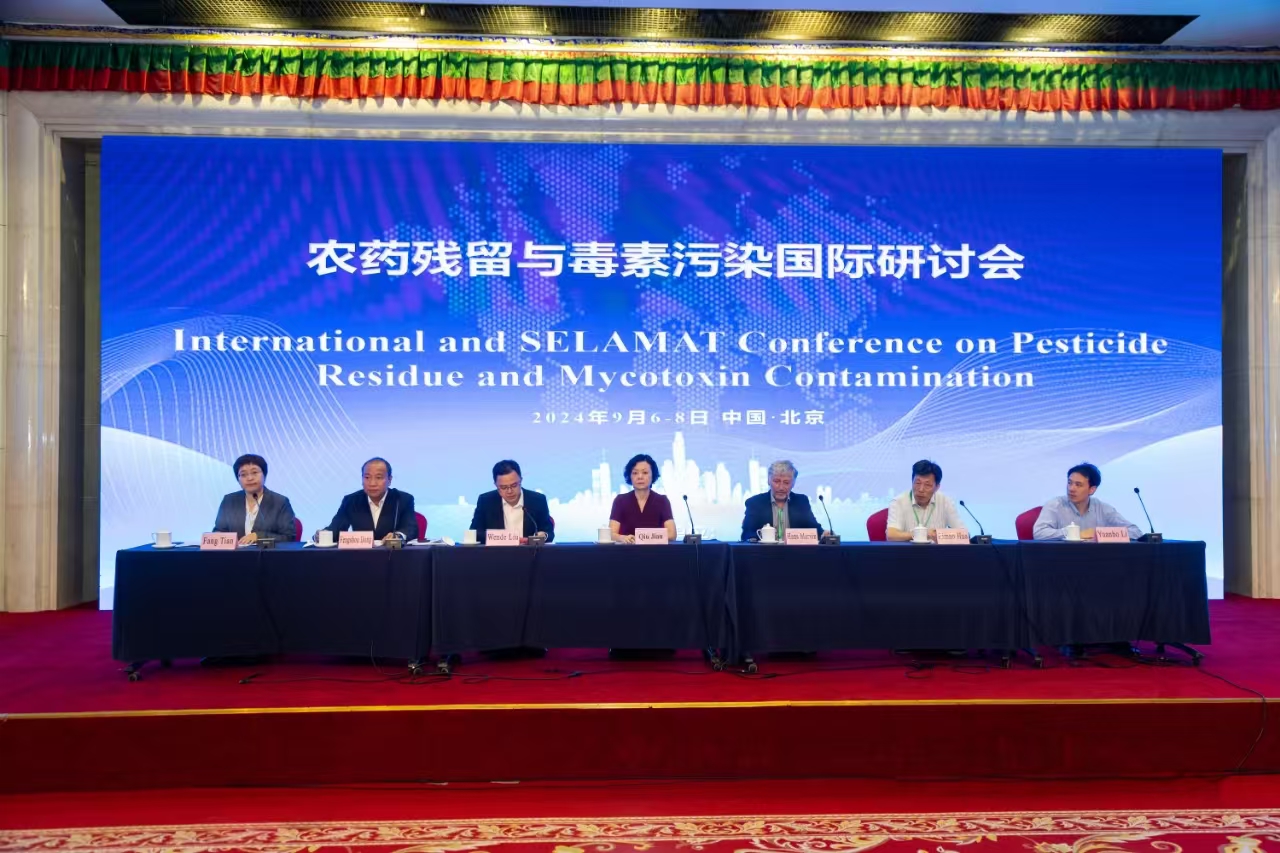Identification of phenolic compounds that suppress the virulence of Xanthomonas oryzae on rice via the type III secretion system
Xanthomonas oryzae pv. oryzae (Xoo) and X. oryzae pv. oryzicola (Xoc) cause bacterial blight and leaf streak diseases on rice, respectively, which have severely restricted rice production worldwide. It is urgent to develop novel anti-microbial drugs to control these diseases. Recently, researchers at State Key Laboratory for Biology of Plant Diseases and Insect Pests, Institute of Plant Protection of CAAS, have published a research paper on Molecular Plant Pathology about identification of phenolic compounds that suppress the virulence of X. oryzae on rice via the type III secretion system.


T3SS inhibitors TS006, TS010, TS015, and TS018 suppressed the virulence of Xoo and Xoc on rice.
Targeting bacterial type III secretion systems (T3SS), which are critical virulence factors in most Gram-negative pathogens, has been regarded as an alternative strategy in developing novel anti-microbial drugs. Xanthomonas oryzae pv. oryzae (Xoo) and X. oryzae pv. oryzicola (Xoc) are two of the most important bacterial pathogens on rice, which cause leaf blight and leaf streak diseases, respectively. To identify potential anti-virulence drugs against these two pathogens, we screened a library of plant phenolic compounds and derivatives for their effects on the Xoo T3SS. Ten out of 56 compounds significantly inhibited the promoter activity of a harpin gene, hpa1. These inhibitors were further tested for their impact on the hypersensitive response (HR) caused by Xoo on nonhost tobacco plants. The results showed that pre-treatment of Xoo with TS006 (o-coumaric acid, OCA), TS010, TS015, and TS018 resulted in significantly attenuated HR without affecting bacterial growth or survival. In addition, Cya-translocation assays demonstrated that translocation of two T3 effectors were suppressed by the four inhibitors. qRT-PCR analysis showed that mRNA levels of representative genes in the hrp cluster, as well as the regulatory genes hrpG and hrpX, were reduced by treatment with the four inhibitors, suggesting that expression of the Xoo T3SS was suppressed. Expression of other virulence factors were not suppressed, which indicated possible T3SS-specific inhibition. Finally, we demonstrated that these inhibitors reduced the disease symptoms of Xoo and Xoc on the rice cultivar (Oryza sativa) IR24 to varying extents.
More details are available on the bellow links:
http://onlinelibrary.wiley.com/doi/10.1111/mpp.12415/abstract
By Fang Tian
ftian@ippcaas.cn
-
 China-Laos Training Workshop on Integrated Management of Destructive Crop Pests and Diseases Successfully held in Laos
China-Laos Training Workshop on Integrated Management of Destructive Crop Pests and Diseases Successfully held in Laos -
 New Plant Protection: New challenge and new opportunity for plant protection
New Plant Protection: New challenge and new opportunity for plant protection -
 International and SELAMAT Conference on Pesticide Residue and Mycotoxin Contamination Held in Beijing
International and SELAMAT Conference on Pesticide Residue and Mycotoxin Contamination Held in Beijing -
 CAAS President Meets Chairman of ASEAN FAW Taskforce
CAAS President Meets Chairman of ASEAN FAW Taskforce
